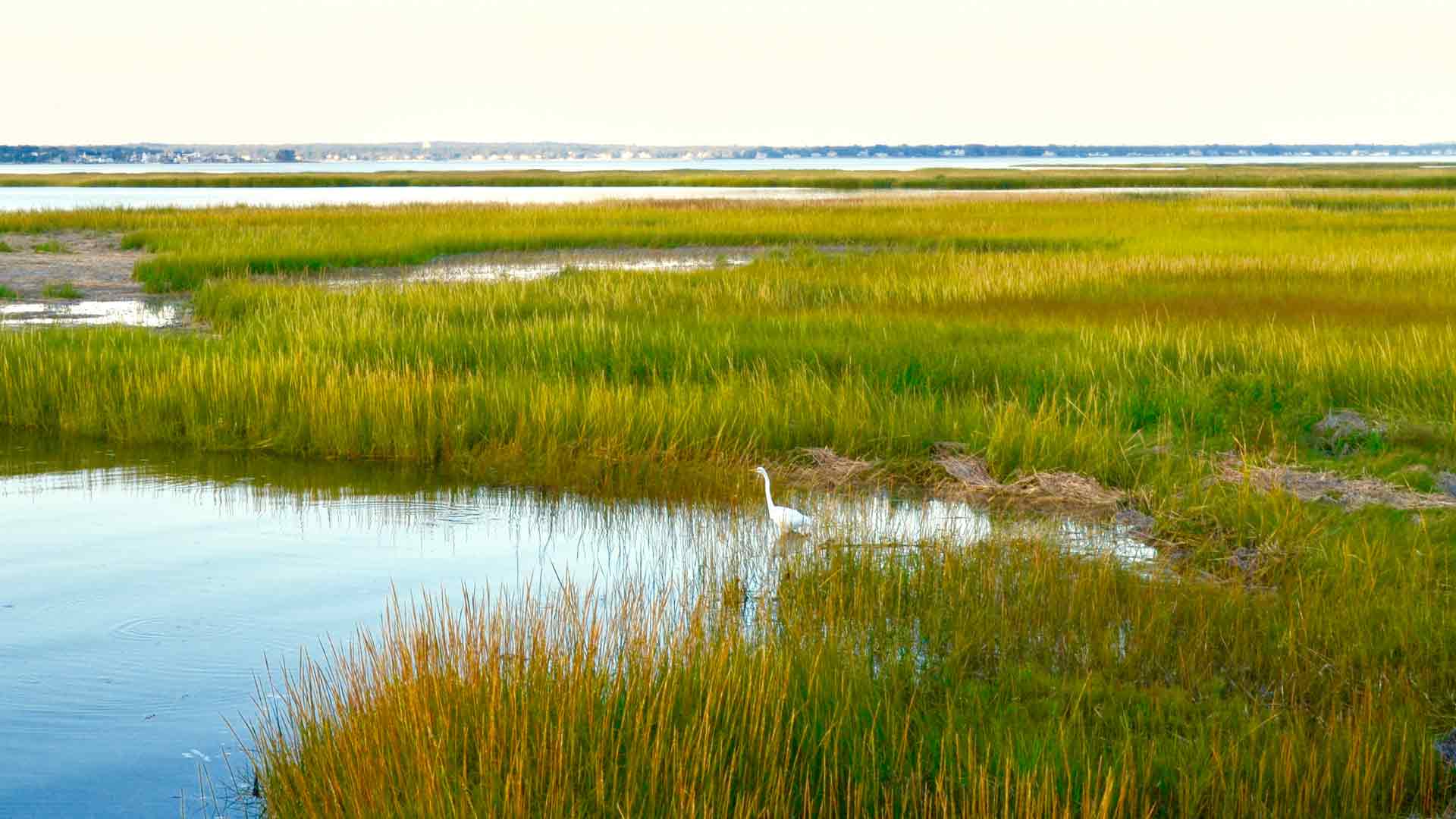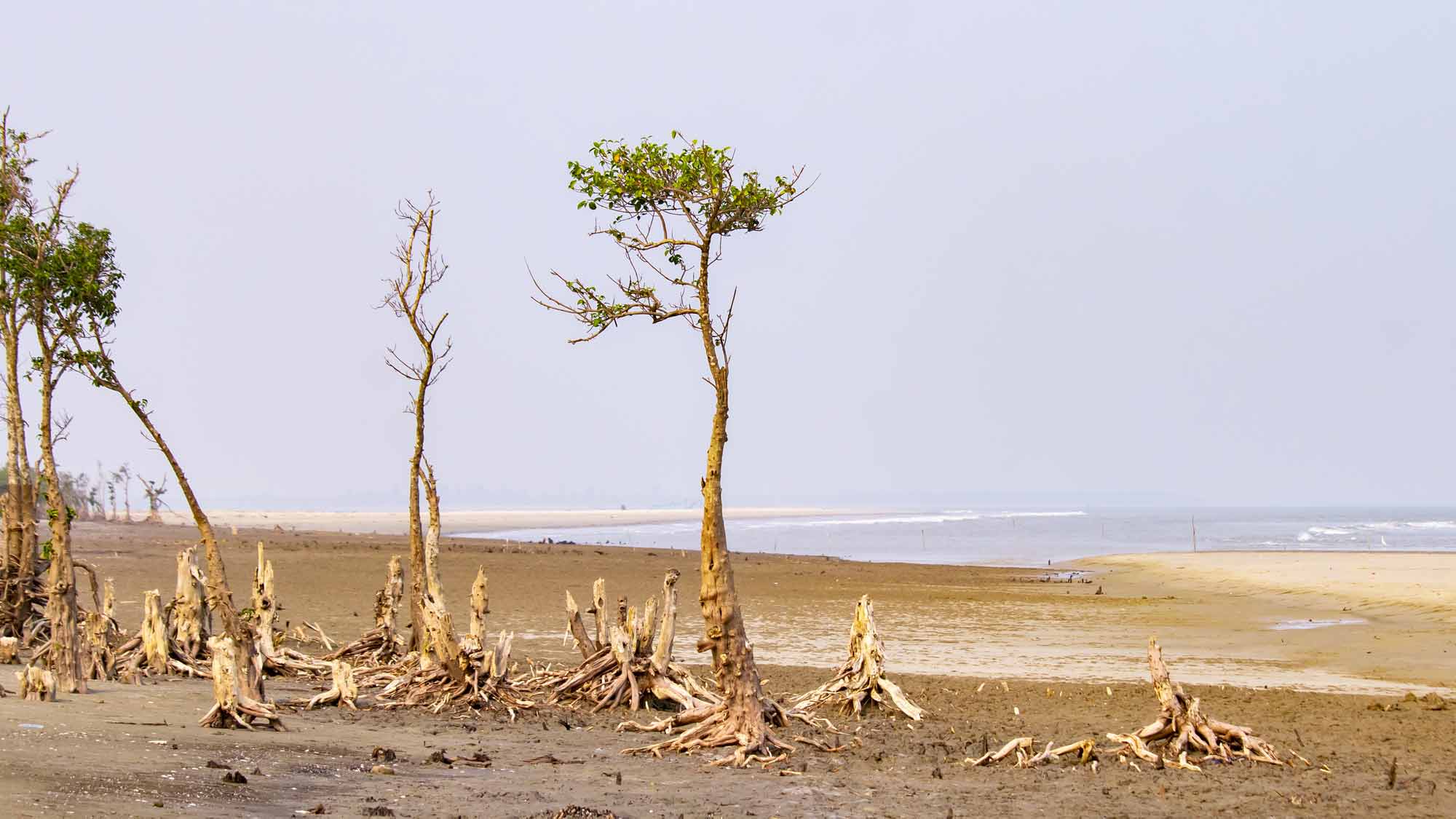“Tourism shouldn’t buy offsets—it should just reduce its emissions.” It’s a common refrain, but it oversimplifies a complex challenge. Offsets aren’t a loophole or an excuse. They’re a necessary counterpart to decarbonization. The industry must reduce emissions wherever possible and invest in carbon offsets as it does so.
And it’s not because tourism needs to “compensate” for what it’s still emitting. It’s because offsets accelerate progress toward net zero. They deliver real, measurable results that lay the groundwork for decarbonization, fund large-scale climate solutions that tourism businesses couldn’t achieve on their own, enable additional reductions beyond tourism’s value chain, and clean up the carbon already in the atmosphere.
Even as the sector adopts electric vehicles, improves efficiency, and rethinks its operations, some travel emissions will persist for decades. Far from being a way to delay action, offsets are how tourism can expand what’s possible for climate action. Below, we share three examples of how offsets enable the climate progress tourism can’t achieve on its own.
Decarbonizing Energy and Transportation
The Challenge:
Tourism relies on national power grids that remain largely powered by fossil fuels. As the industry shifts toward electrified transportation, this reliance will only grow. Decarbonizing those grids is essential, but it’s beyond the control of individual businesses.
Why We Need Offsets:
Offsets channel funding into large-scale renewable energy projects—such as solar, wind, biogas, and hydro plants—that replace the fossil-fuel infrastructure powering entire regions, including restaurants, hotels, and attractions.
Sure, tourism businesses can install small systems like rooftop solar at their properties—and that’s great! But many can’t switch fully to renewables on their own. They rely on national grids still powered by fossil fuels, often operate in leased or space-limited buildings, and lack the capital or technical expertise to maintain larger systems.
As tour operators, rail networks, and cruise lines work to decarbonize and transition to electric power, this grid-level shift becomes even more critical. For example, a tour operator might replace its diesel buses with electric ones, but if those buses are charged with electricity generated from coal or gas, the emissions haven’t disappeared; they’ve simply shifted from the tailpipe to the power plant. Electric transport only delivers real climate benefits when the electricity comes from clean sources, meaning those grids must first be decarbonized.
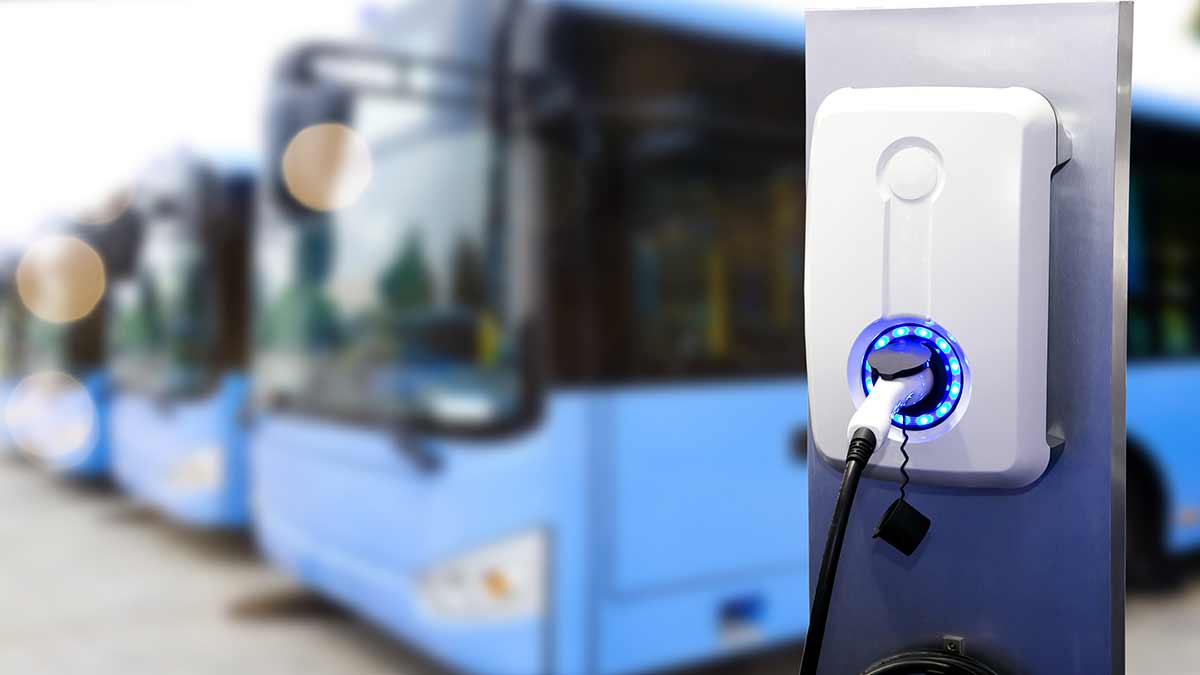
Energy offset projects pool global funding into verified renewable developments that displace fossil-fuel generation at the grid level, making them far more cost-effective. Each dollar goes where it achieves the greatest measurable impact, reducing more emissions with less time and effort than most on-site upgrades. That’s not greenwashing—it’s practical climate progress.
Protecting Nature Under Threat
The Challenge:
Deforestation and land degradation release massive amounts of CO₂. Many of the ecosystems that tourism depends on — from tropical rainforests that shelter elephants to mangroves that support coral reefs — are under threat.
Tourism contributes to these global pressures, often in ways that go unnoticed. Ingredients like palm oil, soy, and beef used on menus, as well as wood products such as furniture and siding in hotels, are among the biggest drivers of forest loss. In coastal regions, tourism development has cleared mangroves and wetlands to make way for resorts, eroding the very natural barriers that protect beaches and towns.
Why We Need Offsets:
Most tourism businesses don’t own or control the natural areas they rely on. While a few manage private reserves, this is costly and unrealistic for most operators, who would also need to navigate complex land rights, permits, and governance systems. Even government-managed protected areas are not immune to deforestation. Cambodia’s Snoul Wildlife Sanctuary, for example, lost nearly all its forest cover in just 15 years. To prevent a similar outcome nearby, the Keo Seima carbon offset project was launched to strengthen the protection of an adjacent wildlife sanctuary.
Switching to eco-certified or sustainably sourced products is an important step. But responsible sourcing alone doesn’t eliminate deforestation risk across tourism’s value chain or protect the ecosystems already under threat. Offsetting allows tourism businesses to go further.
Carbon offset projects are designed by conservation specialists and developed in collaboration with Indigenous peoples and local communities. Each project undergoes a rigorous design process that includes community consultations, environmental and social impact assessments, and third-party reviews, all conducted in line with recognized methodologies. These projects are held to a far higher bar than most conservation initiatives that a tourism business might donate to. Their design documents can run to hundreds of pages, and their progress is audited regularly.
This rigor ensures projects deliver real results. Without solid planning and community input, well-intentioned initiatives can fail or even cause harm. High-quality carbon offset projects take a holistic approach that tackles the root causes of deforestation—enhancing land-use zoning and enforcement, reducing poverty, supporting sustainable agriculture through training and equipment, strengthening local firefighting teams, and creating livelihoods that ease pressure on forests. Continuous monitoring through satellite imagery and community patrols ensures ecosystems remain protected and carbon storage is accurately tracked over time. It would take enormous research, legal groundwork, and technical capacity for a tourism business—or even a government—to achieve this level of credibility or scale on its own.

Reducing Emissions Won’t Eliminate Them Entirely
The Challenge:
Even the most ambitious climate strategies can only go so far. Every tourism business can—and should—measure its footprint and reduce emissions, but those cuts take time and can’t eliminate 100% of emissions overnight. Flights, cruise ships, and long-distance vehicles remain among the most stubborn sources of emissions, with few near-term alternatives. Even with progress such as renewable power, energy efficiency, and redesigned itineraries, some emissions will remain.
Why We Need Offsets:
Global climate goals call for net zero by 2050, meaning emissions will continue for decades as technology and infrastructure catch up. And even once we reach net zero, that doesn’t mean that all emissions are completely eliminated. It means getting as close to it as possible, typically leaving a residual 5–10% of emissions still being generated.
Take air travel, for example. Sustainable aviation fuel (SAF) is often seen as the most promising near-term solution, yet it can only reduce lifecycle emissions by up to 80% at best, and supplies remain limited and costly. New propulsion technologies, such as hydrogen or electric aircraft, are still years away. Even optimistic forecasts suggest that about 30% of aviation emissions will persist by 2050.
Operators can replace some short flights with trains, but many destinations—especially remote ones—will always require air travel. Focusing solely on nearby or regional travel raises serious questions of climate justice. Doing so would concentrate tourism within wealthier nations while limiting opportunities for communities in developing regions that rely on international visitors, many of whom have contributed very little to the climate crisis in the first place.
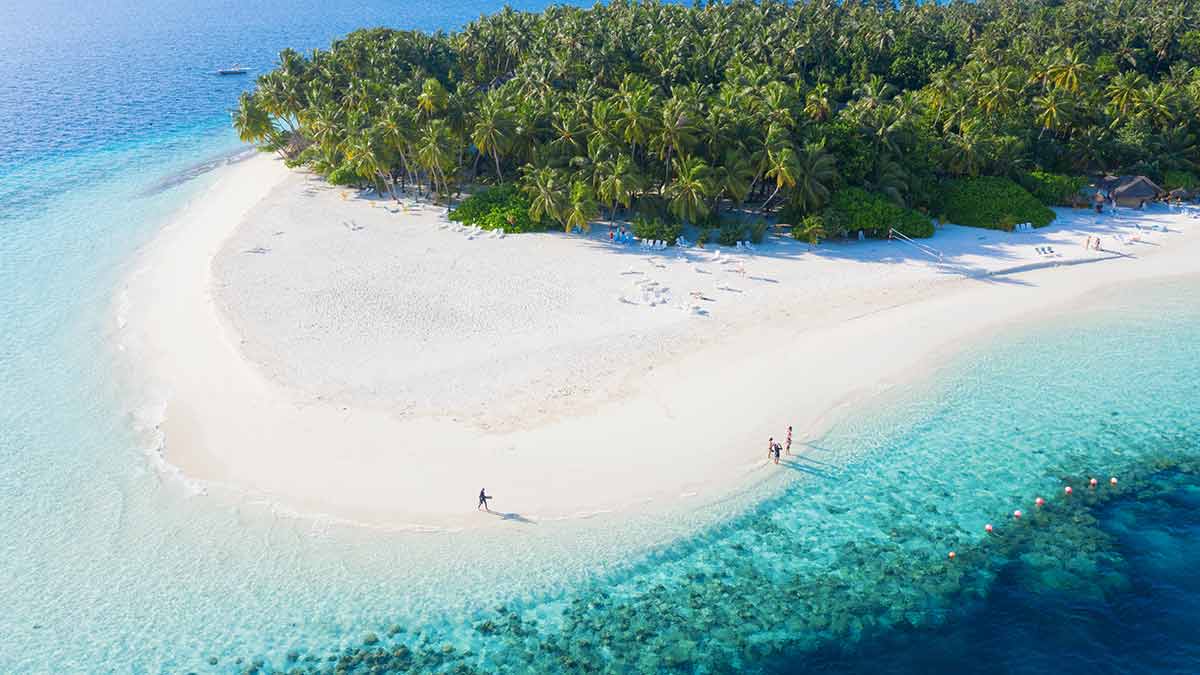
Pitching train travel as a universal fix also overlooks key limitations. In many regions, rail networks are limited or nonexistent, leaving travelers with few options beyond flying. Where trains do exist, they’re often slow or indirect, making them impractical for long distances. While new high-speed rail lines could replace some short-haul flights, building them requires entirely new tracks, making it a massive public undertaking that can take decades and generate construction-related emissions. In countries like the United States, where intercity rail remains underdeveloped, building such a network from scratch is still a distant goal.
While trains do emit far less than planes, they’re not carbon-free. Many still run on diesel, and even electric ones depend on grids powered by fossil fuels. Fully decarbonizing rail travel will take time and sustained investment in power infrastructure, cleaner grids, and next-generation locomotives.
Offsets allow tourism to take climate action on those unavoidable emissions right now, providing an opportunity for additional reductions that can’t yet be achieved within the industry’s own value chain. They direct funding to projects that prevent or remove emissions elsewhere —protecting forests, restoring mangroves, or expanding clean energy access —while the sector continues to decarbonize. Even if these reductions happen outside tourism’s direct value chain, they still achieve the same overarching goal: lowering the total amount of carbon in the atmosphere as the industry transitions to net zero.
Cleaning Up Tourism’s Mess
The Challenge:
Tourism has already emitted vast amounts of carbon into the atmosphere and will continue to do so even as the industry transitions toward cleaner operations. Even if the world stopped emitting carbon today, there’s still a 42% chance the planet would surpass 1.5°C of warming within the next decade due to the existing buildup of greenhouse gases already in the atmosphere.
Why We Need Offsets:
While tourism can shrink its footprint through cleaner fuels and more efficient transport, the carbon that’s already there—and continues to accumulate—must be actively pulled back out of the air. Operators can’t directly remove the emissions they’ve already released.
Removing carbon from the air isn’t as simple as planting a tree. It requires specialized methods, rigorous measurement, and long-term storage to ensure the carbon stays out of the atmosphere for good.
That’s where carbon offsets come into play. Carbon offset projects include innovative carbon removal initiatives that extract CO₂ from the atmosphere and store it safely in ecosystems, soils, or durable materials, helping clean up the pollution that’s already heating the planet. They bridge the gap between where the industry is today and how long it will realistically take to decarbonize.
Offset funding supports scalable removal solutions such as biochar production, soil carbon sequestration, and ecosystem restoration, which capture and store carbon for centuries—or even millennia. These efforts complement decarbonization by addressing the accumulated and ongoing carbon buildup that reduction efforts alone can’t fix.
The Bottom Line
It’s easy to write off offsets as “bad” without ever looking deeper at the impact they create. But that narrative overlooks the real work happening on the ground, and risks slowing genuine climate progress.
Tourism can’t electrify planes overnight or decarbonize national grids on its own, but it can help drive the transition. Offsets channel resources into large-scale solutions that individual businesses, or even governments, couldn’t deliver alone. They’re not a license to pollute—they’re an investment in progress that makes decarbonization possible, helping the industry accelerate its journey.
See the difference for yourself through our Climate Impact Portfolio, where each project is carefully curated for its deep, measurable impact and tells the story of what offsets are truly achieving.
Explore Our Climate Impact Portfolio

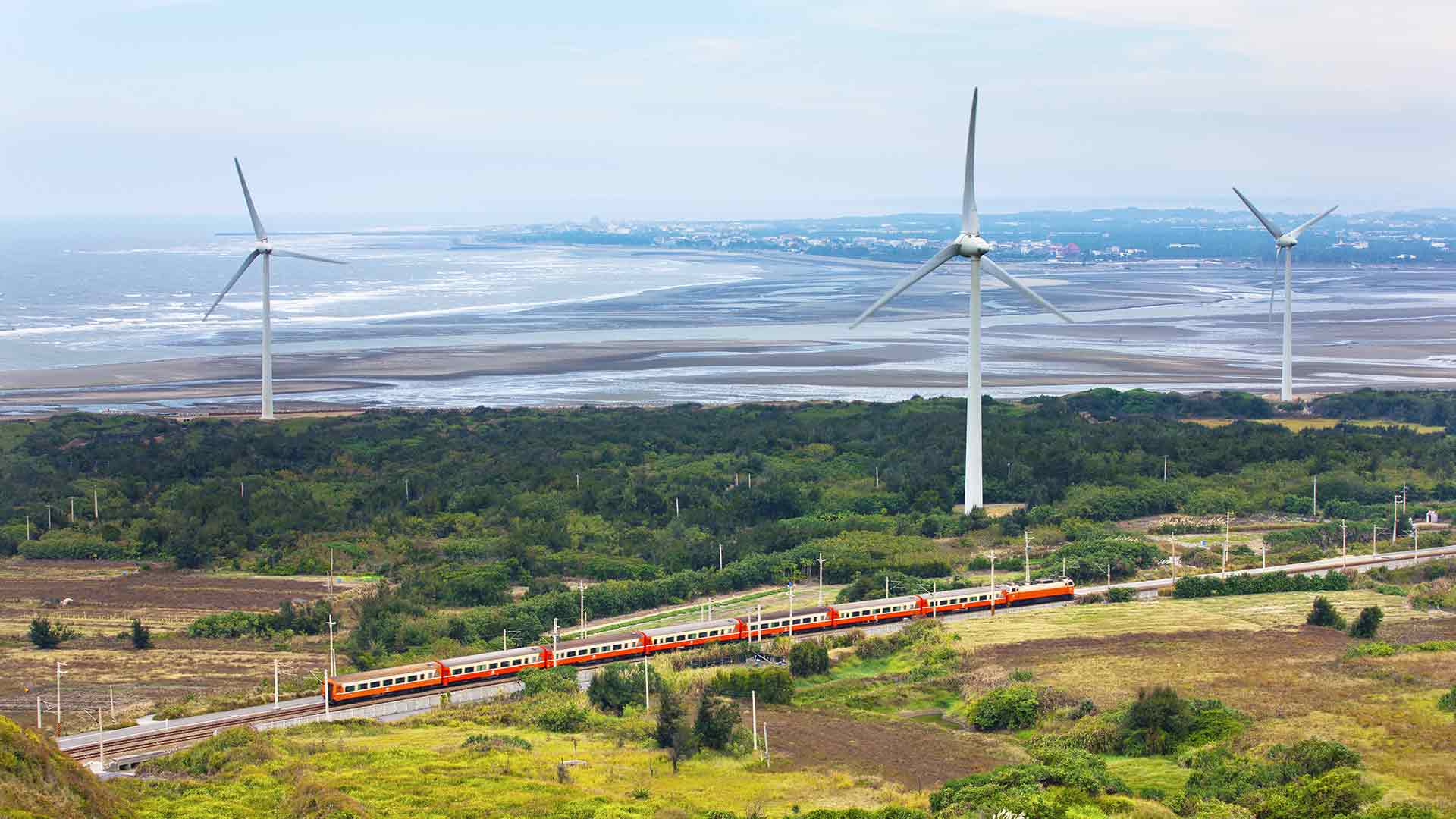
 Written By:
Written By: 